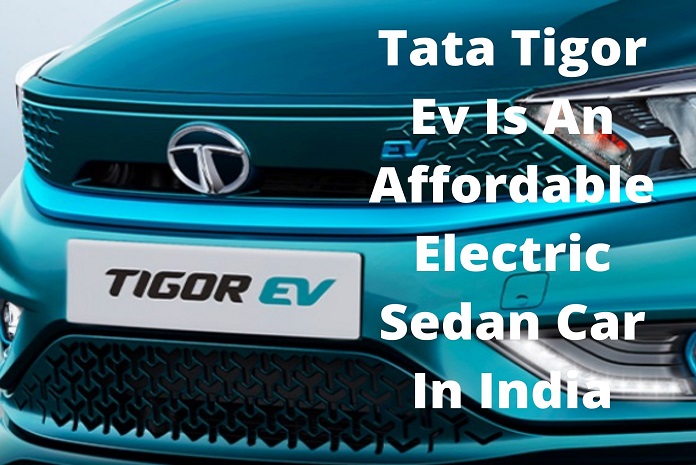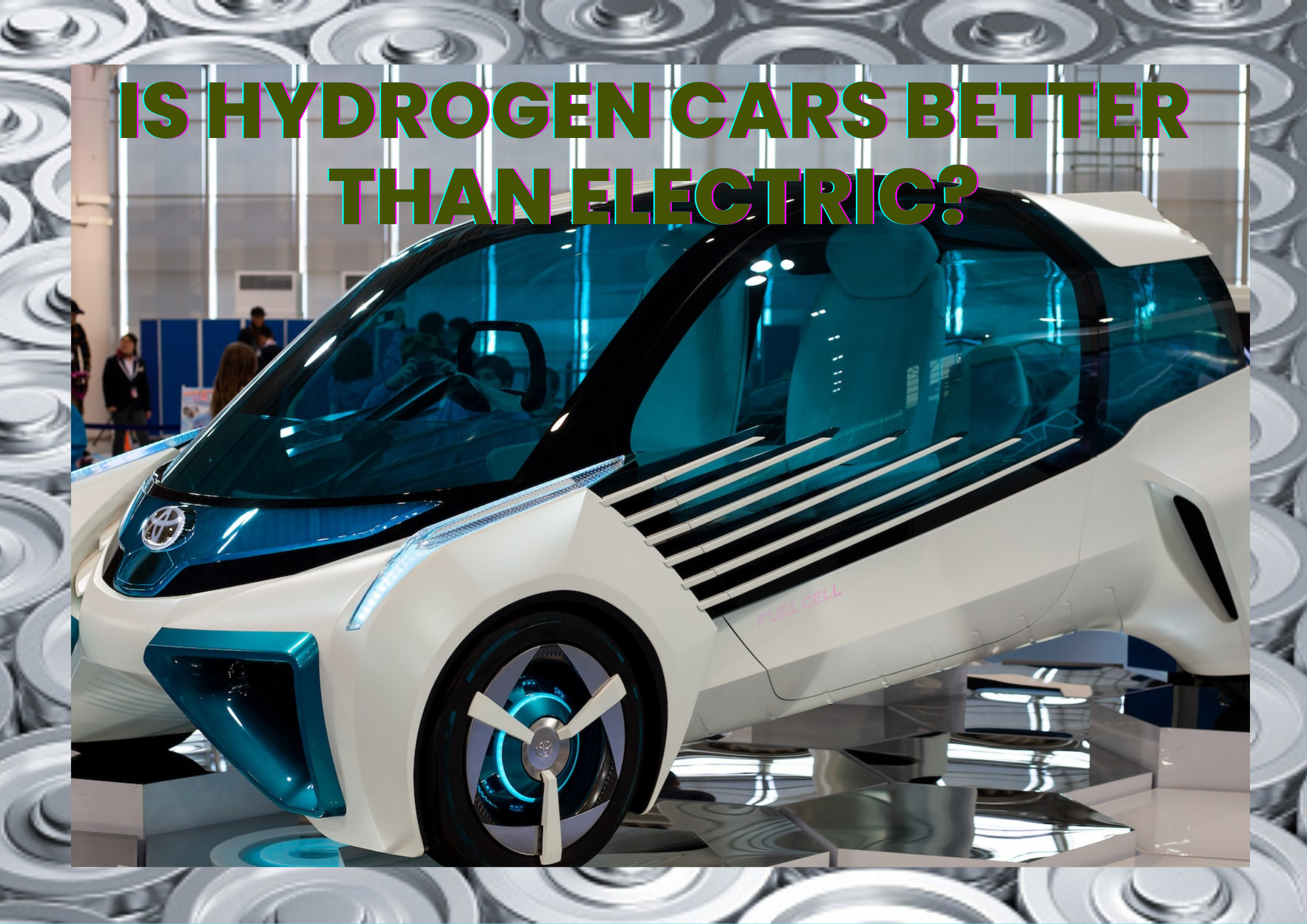As the first global car brand fully dedicated to the electric vehicle market, BYD has developed a lineup of world-class products. A leader in electric vehicles and new energy technologies, BYD is committed to building environmentally-friendly transportation solutions that are accessible to customers worldwide.
It’s not easy to stand out from the crowd these days, especially in the automotive industry. The new generation of electric cars is designed for both performance and comfort. From BYD F8DM to BMW i3, brands are trying hard to win this market segment.
Electric cars have made a big splash in the news lately. They’re a big part of Elon Musk’s plan to save the world, and they’ve become a symbol of environmental responsibility. But there’s one problem: they’re not very exciting to look at. That’s why Porsche is trying something new with its first electric car, the Taycan (formerly called the Mission E).
The world’s first full-electric sedan with a 5-star safety rating, the Kia Niro. Not only is it an eco-friendly vehicle, but it has plenty of space for the whole family and everything they need. With its electrically powered motor combined with a powerful gasoline engine, you can enjoy both the efficiency of an electric car and the flexibility of a hybrid!
Tata Tigor Ev Is An Affordable Electric Sedan Car In India
The car looks great, rides well, and offers a good range for everyday use, making it a good option if you’re looking for a practical, comfortable, and suitable 5-door electric family sedan with a trunk right now. The EV is equipped with a 7-inch touchscreen display and has a number of smart features that can be controlled via the ZConnect app.
The power of the car is 40.2 horsepower. And 105 Nm of torque, and also has two different driving modes-Drive and Sport, allowing the driver to optimize performance and range. This ultra-compact electric car can be charged from 0% to 80% in only 60 minutes. ARAI has a maximum cruising range of 306 kilometers.
The Tata Tigor EV Short Range is equipped with a 16.2 kWh battery that can drive a 30 kW x 72 volt, 30 kW, three-phase AC induction motor, equivalent to 40 horsepower. To charge the Tigor EV from a regular 15A outlet at home, you will have to wait almost 10 hours for the battery to drain from 0 to 100%. With the normal charger that comes with the car and the charger that plugs into a 15A outlet when you park, Tata requires 0 to 80% of a charge time of 8 hours and 45 minutes. In the Nexon EV, Tata installed a larger 30.2 kWh lithium-ion battery, and the Tigor EV Ziptron installed a smaller 26 kWh lithium-ion battery.
Tata Motors did not mention the Tigor EV Ziptron lineup at its presentation, but while the Tigor Ziptron is unlikely to match the range of 312 km claimed by Nexon EVs, it is clear that its range will be much higher than the claimed Xpres-T. 213 km. In fact, you can expect the Tigor EV to return a range of 200-220km when driving calmly and docile. With a deep dive, the flight range will drop significantly, and we expect that in this scenario you will be able to squeeze 150-170 km from the Tigor. The numbers aside, the Tata Tigor EV can still easily outpace the acceleration of ICE alternatives of similar size and price, but throttle aggression is best avoided as it negatively impacts range.
Like the Nexon EV, the Tigor EV offers users high performance. The Tigor EV is powered by a 26 kWh battery pack and a Ziptron motor developing 74 hp. and 170 Nm of torque. The Tata Tigor EV is powered by a 26 kWh liquid-cooled lithium-ion battery with an IP67 rating against water and dust. The Tata Nexon EV is available as an SUV with a 30.2 kWh Li-ion battery and IP67 water resistance.
Tata Motors says the Tigor EV has an ARAI-certified range of 306 km and comes with a battery and an 8-year or 1.6 lac-km engine warranty. The Tigor EV is a Tata electric sedan with a length of fewer than 4 meters and a price tag of 9.54 to 9.86 lakh (excluding dealerships). The Tigor EV is priced at Rs 11.99 (ex-showroom) and up, which exceeds the price cap and becomes the most affordable electric offering on the market. The Tigor EV is essentially an all-electric avatar of the Tataas subcompact sedan.
Finally, the Tigor turns out to be Tata Motors’ second electric vehicle, at a time when most manufacturers are avoiding electrification roadmap questions. In addition, this new Tigor EV uses the Ziptron technology we first saw in the Nexon EV and is aimed at private buyers. Tata will continue to sell the regular Tigor to fleet owners but under the new name Tata Express T EV. To differentiate the Tigor EV from its fossil fuel sibling, Tata has made a number of changes, including this new exclusive blue paint scheme for the all-electric variant of the compact sedan.
Coming to the edge, the Tigor EV now rides on specially designed EV alloys, which Tata Motors likes to call Hyper-style wheels mounted on 175/65 R14 tires. The alloys still have that cute blue insert that reminds you that this is an electric car.
The sloping roofline gives the car a coupé look very similar to the petrol Tigor. The layout, space, and performance of the dashboard are almost identical to the petrol Tigor. The car will be available in two color options: Signature Teal Blue and Daytona Gray. Thus, buyers of the Tigor EV will receive a total of Rs 2.3 million from all-electric sedan variants by the end of the year.
It can be said that this will make it the most affordable electric car in the 10,000 rupees price range, thereby reducing its Nexon electric car in this price range. At these prices, although the Tata Tigor EV is the cheapest long-range electric car available to Indian commercial buyers, the Mahindra eVerito is the cheapest electric car available to private buyers at a price of 1.047 million (ex-showroom).
The Maharashtra government is likely to offer Tigor EV with a Rs 2.30 lakh subsidy. That means the entry-level Tata Tigor EV XE variant on the road will be priced at around Rs 10.38. To complicate matters for other hardware makers, Tata has released the Tigor EV, which is priced below the Nexon EV for just Rs 11.99.
With Hyundai and MG each having one, Tata still tops the sales charts thanks to the Nexon EV’s price tag. Meanwhile, Tata Motors is likely to outrun its rivals in the electrification race, leading the Tigor EV-Nexon EV duo. As for the electric sedan, the main takeaway is price.
Tigor EV – One of the safest electric cars
Surpassing all the price thresholds, the Tigor EV is truly one of the best EVs in India and should definitely be your first EV. The Tigor EV, entirely developed by Tata Motors, demonstrates the capabilities of car manufacturers in the electric vehicle world. This new version builds on the success of the award-winning Tigor EV, which is already rolling out to several fleets and government customers.
The Tigor EV can be pre-ordered online or from Tata dealers for 21,000 rupees, and the new electric car will be launched on August 31. Tata Motors has launched a new Tigor EV in India, with showroom prices starting from Rs.
Tata offers an updated Tigor EV with Nexon EVs Ziptron drivetrain. Tata Motors offers the Tigor EV in 3 variants, but the powertrain variant remains the same.
With the launch of the Tigor EV, Tata became the only automaker in the country to offer 2 EVs with different body styles, and both have a range of over 300 km. The new Tata Tigor EV uses the ZipTron powertrain brands used in conjunction with the Nexon EV and will be Tata’s second electric vehicle with the new technology. The Tata Tigor EV is a sedan-style electric vehicle powered by a 26 kWh liquid-cooled battery that delivers 55 kW of power and 170 Nm of torque.
And with a proven 306 km range on a single charge, the Tigor EV is irresistible. In terms of driving performance, like all Tata vehicles, the Tigor EV doesn’t disappoint.
Read Also: Tata Electric Car Is One Of The Best Electric Cars 2021
Important Note:
If you are an EV manufacturer or EV Dealer or EV Supporter who wants to share news related to electric vehicles on our website, please send an email to: contact@greeneauto.net


